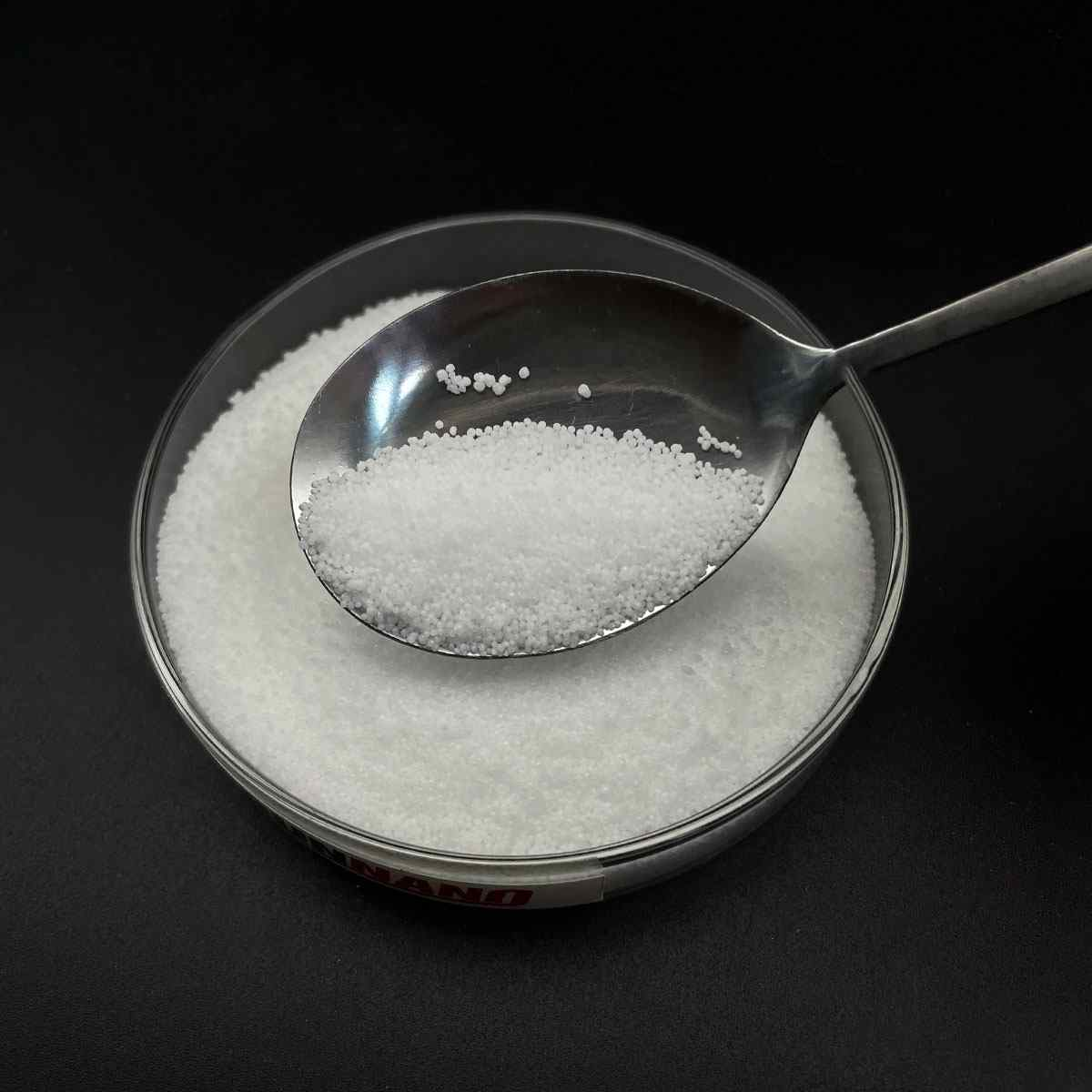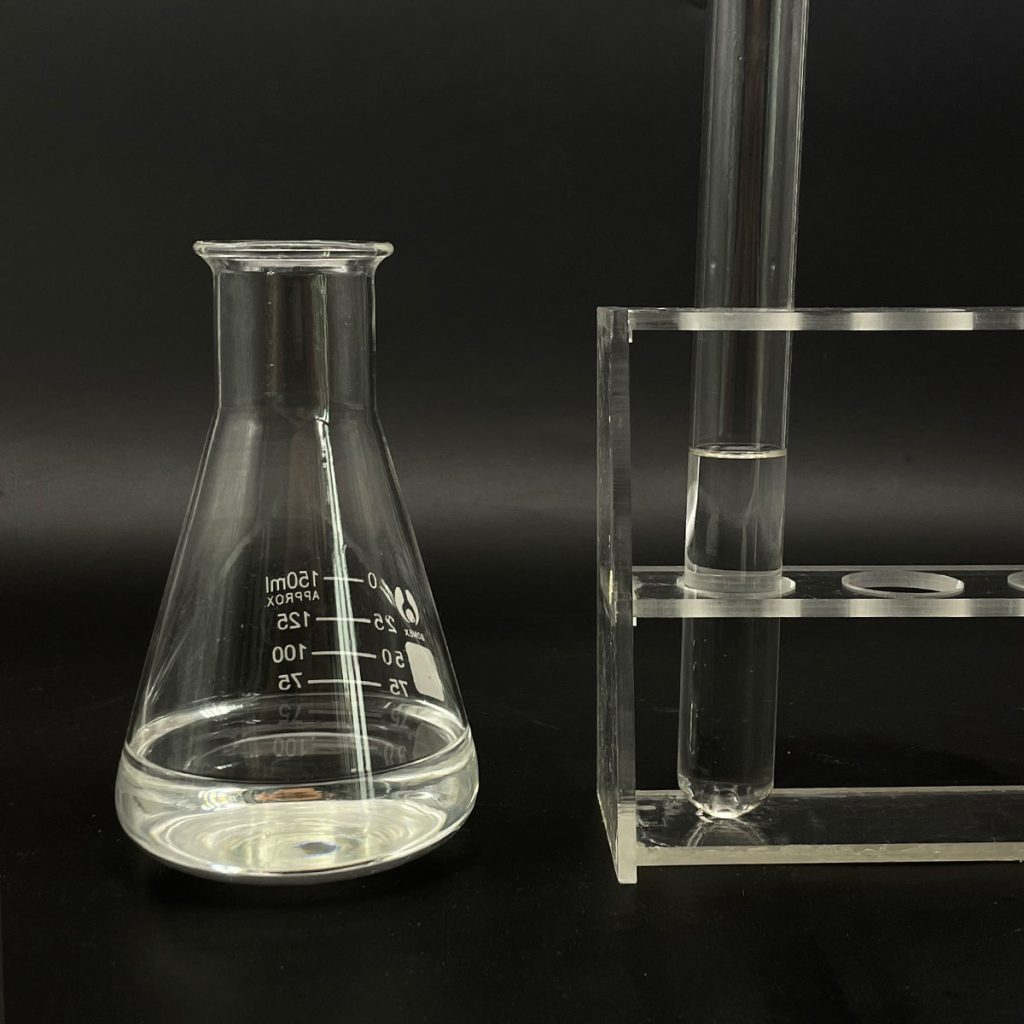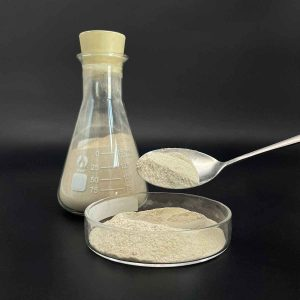1. Introduction
If you’ve ever read the back of a shampoo bottle or a toothpaste tube, you’ve likely seen ‘sodium lauryl sulfate‘—often abbreviated as SLS—listed among the ingredients. But what exactly is this compound, and how does it stack up against newer, gentler surfactants flooding the market? Sodium lauryl sulfate (also known as sodium dodecyl sulfate or natrium lauryl sulfate) is a powerful anionic surfactant widely used for its excellent foaming and cleansing abilities. However, as consumer demand for milder, more sustainable ingredients grows, alternatives like alkyl polyglucoside, sodium cocoyl isethionate, and cocamidopropyl betaine are gaining traction. This article dives deep into the chemistry, applications, and trade-offs of SLS compared to other surfactant types.

2. Understanding Surfactants: The Meaning of Surfactant and Core Categories
At its core, a surfactant is a molecule that reduces surface tension between liquids or between a liquid and a solid. The meaning of surfactant comes from ‘surface-active agent,’ and these compounds have a hydrophilic (water-loving) head and a hydrophobic (oil-loving) tail. This dual nature allows them to lift dirt, mix oil with water, and create foam.
Surfactants fall into four main classes: anionic, cationic, non-ionic, and amphoteric. Anionic surfactants like sodium lauryl sulfate carry a negative charge and are known for strong cleansing and foaming. Cationic surfactants (e.g., cetyl trimethyl ammonium bromide or CTAB) are positively charged and often used for conditioning. Non-ionic surfactants like polysorbate 80 or ethoxylated alcohols lack a charge and are mild, making them ideal for sensitive formulations. Amphoteric surfactants such as cocamidopropyl betaine (also called coco betaine or amidopropyl betaine) can switch charge based on pH, offering versatility and reduced irritation.
3. Sodium Lauryl Sulfate vs. Sodium Laureth Sulfate: Clearing the Confusion
Many consumers confuse sodium lauryl sulfate (SLS) with sodium laureth sulfate (SLES), also labeled as sodium lauryl ether sulfate or sodium lauryl ether sulphate. While both are anionic surfactants derived from lauryl alcohol (dodecyl alcohol), they differ chemically. SLS is not ethoxylated, whereas SLES undergoes ethoxylation—a process that adds ethylene oxide units, making it milder and less irritating.

SLS is highly effective at removing oils but can be harsh on skin and eyes, especially in high concentrations. SLES, while gentler, may contain trace amounts of 1,4-dioxane (a potential contaminant from ethoxylation), raising safety concerns for some. Neither should be confused with ammonium lauryl sulfate (ALS) or ammonium dodecyl sulfate, which behave similarly but use ammonium instead of sodium as the counterion.
4. Gentler Alternatives: Bio-Surfactants and Mild Anionics
As awareness of skin sensitivity grows, formulators are turning to milder anionic and non-ionic options. Sodium lauroyl sarcosinate (a sarcosinate derivative) offers good foaming with low irritation. Similarly, sodium cocoyl glutamate and sodium coco sulfate (sometimes called coco sodium sulfate) provide effective cleansing from coconut-derived sources.
Bio-surfactants like decyl glucoside and coco glucoside—both alkyl polyglucosides—are non-ionic, biodegradable, and derived from renewable resources. They’re commonly found in ‘SLS-free’ shampoos and baby products. Another popular amphoteric option is sodium lauroyl methyl isethionate, prized for its creamy lather and skin compatibility.

5. Industrial and Agricultural Applications: Beyond Personal Care
Surfactants aren’t just for shampoo. In agriculture, they act as wetting agents for herbicides and weed killers. For example, methylated seed oil and nonionic surfactants like Span80 (sorbitan monooleate) or Pluronic 127 (a poloxamer) help active ingredients penetrate waxy plant leaves. Lawn wetting agents often use lignin sulfonate or ethoxylated alcohols to improve water distribution in soil.
In industrial settings, sodium dodecylbenzene sulfonate is a common anionic surfactant in detergents, while fluoro surfactants offer extreme surface tension reduction for specialty applications. Companies like Rohit Surfactants Private Limited supply a range of these compounds globally, including sls sodium lauryl sulfate for sale in bulk.
6. Safety, Misconceptions, and Market Trends
Despite online rumors, SLS is not inherently toxic when used as directed. Regulatory bodies like the FDA and EU SCCS consider it safe in rinse-off products at typical concentrations (1–15%). However, it can cause irritation in leave-on products or for sensitive individuals—hence the rise of ‘sulfate-free’ labels.
Note that ‘sulfate-free’ often targets SLS and SLES but may still include other anionic surfactants like sodium cocoyl isethionate. Also, terms like ‘sls sodium laureth sulfate’ are misleading—SLS and SLES are distinct chemicals. Similarly, ‘laureth sulphate’ and ‘sulphate laureth sulfate’ refer to SLES, not SLS.
7. Conclusion
Sodium lauryl sulfate remains a workhorse surfactant due to its effectiveness and low cost, but it’s no longer the only—or always the best—option. From amphoteric cocamidopropyl betaine to bio-based alkyl polyglucosides, the surfactant landscape is evolving toward milder, more sustainable solutions. Whether you’re formulating a shampoo, a herbicide, or a household cleaner, understanding the differences between anionic, cationic, non-ionic, and amphoteric surfactants empowers smarter, safer choices. As consumer preferences shift, the future belongs to surfactants that balance performance with skin and environmental compatibility.
Our Website founded on October 17, 2012, is a high-tech enterprise committed to the research and development, production, processing, sales and technical services of ceramic relative materials such as Sodium. Our products includes but not limited to Boron Carbide Ceramic Products, Boron Nitride Ceramic Products, Silicon Carbide Ceramic Products, Silicon Nitride Ceramic Products, Zirconium Dioxide Ceramic Products, etc. If you are interested, please feel free to contact us.


